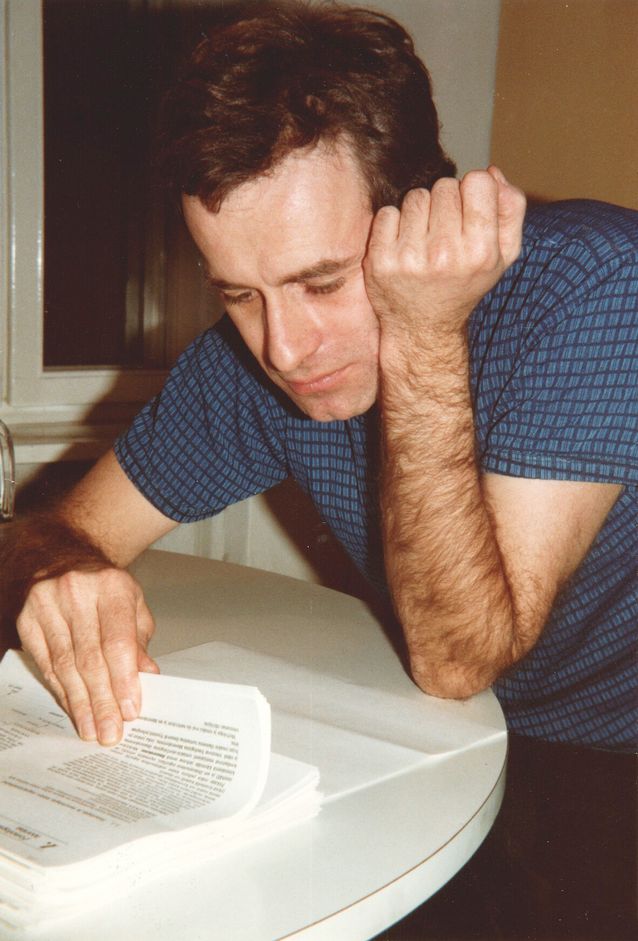Fred Karlsson
Fred Göran Karlsson
Born February 17, 1946, Turku
Master of Arts 1969, Åbo Akademi University (Finnish language) and University of Turku (phonetics)
Master of Arts 1972 (linguistics), University of Chicago
PhD 1974 (phonetics), University of Turku
Docent in Finnish language 2012–, University of Helsinki
Emeritus professor of general linguistics 2012–, University of Helsinki
Professor of general linguistics 1980–2012, University of Helsinki
Research fellow 1976–78, Academy of Finland
Acting associate professor of Finnish language 1975, Åbo Akademi University
Lecturer in phonetics 1973–74, University of Gothenburg
Acting professor of phonetics 1973, University of Turku
Research associate 1969, University of Jyväskylä
Publications
Research areas: phonetics, morphology, syntax, automatic syntactical analysis, linguistic complexity, corpus linguistics, the history of linguistics, Finnish grammar
Membership of scholarly societies
The Finnish Society of Science and Letters 1984
Academia Europaea 1988
The Royal Society of Sciences at Uppsala 2005
The Royal Swedish Academy of Letters, History and Antiquities 2008
Awards
The Finnish Information Processing Association prize for best computing product of 1988 (together with Kimmo Koskenniemi)
Oskar Öflund Foundation prize 1988
Finnish Society of Sciences and Letters’ E. J. Nyström prize 1996
‘Professor of the year’ 1998, Finnish Union of University Professors
Commander of the Order of the lion of Finland 2003
Finnish Cultural Foundation award of merit 2013
A Man of Measure. Festschrift in Honour of Fred Karlsson on his 60th Birthday. Special Supplement to SKY Journal of Linguistics, Volume 19, 2006. Urho Määttä and Jussi Niemi (eds.) Turku: The Linguistic Association of Finland
Photo: Sylvi Soramäki-Karlsson
Written by Fred Karlsson (Riitta-Ilona Hurmerinta, ed.)
Translated by Matthew Billington

